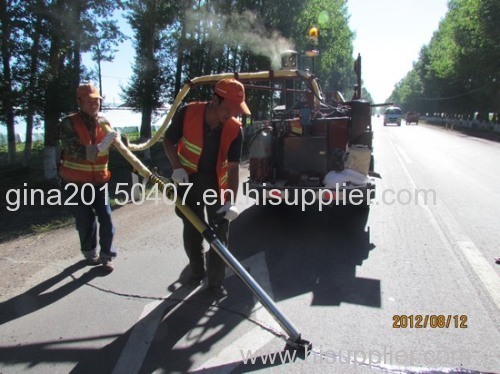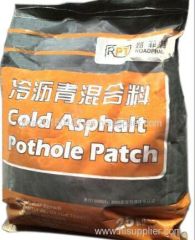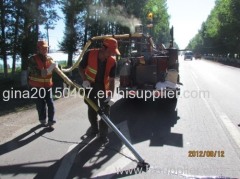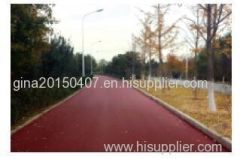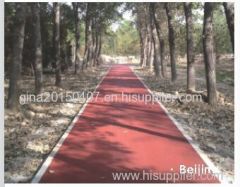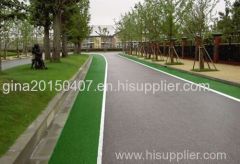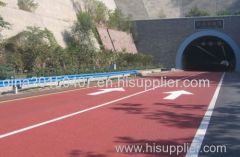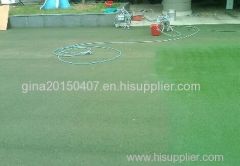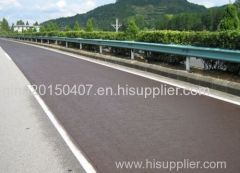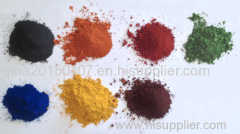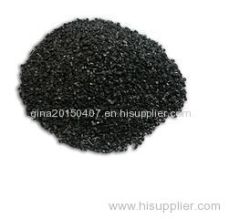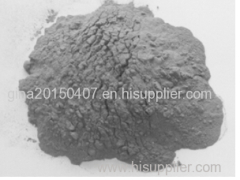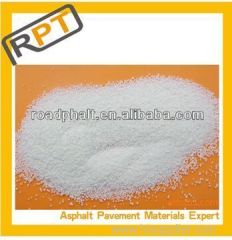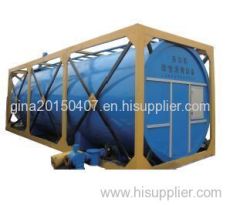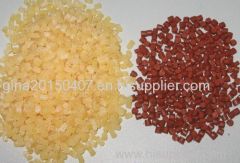|
Shanghai Roadphalt Asphalt Technology Co.,Ltd
|
Roadphalt asphalt seal coating
| Price: | 1400.0 USD |
| Payment Terms: | T/T,L/C,D/A,D/P,WU,Paypal,Money Gram |
| Place of Origin: | Anhui, China (Mainland) |
|
|
|
| Add to My Favorites | |
| HiSupplier Escrow |
Product Detail
RPT-S01: apply to the minimum temperature above 0degree
RPT-S02: apply to the lowest temperature in the region above -10 degree
Roadphalt Crack and Joint Sealants
Technology Background
Pavement cracks were affected by the temperature, rainwater, traffic loading and various of factors ,have formed a kind of complex and difficult to treatment of pavement disease.
The traditional pouring material will be re-crack in a short time due to itself low temperature brittleness, high temperature stability, easy to aging and other defects.
Roadphalt pouring technology overcomes the traditional pouring defects on the material properties and the use of methods.
Pouring guide
(A) Crack types and Treatment Methods
Different crack types need use different corresponding method of treatment.
Transverse cracking
Longitudinal cracking
Net cracking
Massive cracks
1. Transverse cracking
: cracks from the shoulder to shoulder, or through the shoulder to the centerline, divided into temperature fatigue cracks and semi-rigid reflective cracking.
Whether can pouring : YES
2. Longitudinal cracking
:cracks is nearly parallel with the centerline of the road. The main reason for the formation of cracks in the pavement cannot meet the structural strength of the heavy traffic.
Whether can pouring : YES
3.Net cracking
cracks in pavement cracks are multiple connectivity together to form a multilateral, acute angle pieces, develop into a mesh of cracks.
Whether can pouring : NO
4. Massive cracks
:Massive crack is caused by the amount of traffic loading and transportation or roadbed material damage.
Whether can pouring : NO
(B) Cracks morphology and treatment methods
Micro-cracks Main cracks
Schematic cracks
As shown above, cracks in engineering practice are often expressed as a main crack and radial or mesh micro-cracks. Therefore, the main problems need resolved :
1. the crack area again reached the road waterproof requirement;
2. in case of preventing crack areas occur structural damage
Pouring renderings
The picture shows the ideal effect of the crack treatment. That means the main cracks slotted pouring,Micro-cracks pouring directly sealed with glue, and then the crack areas achieve complete sealing layer.
Introduction
Overview:
Roadphalt Crack and joint sealants are rubber asphalt which added Special modifiers, can be used to repair asphalt concrete pavement and cement concrete pavement.
The company has patented the product and independent production capacity, its quality performance has been reached the international level of similar products.
RPT-S01: apply to the minimum temperature above 0degree
RPT-S02: apply to the lowest temperature in the region above -10 degree
RPT-S03: apply to the lowest temperature in the region above -20 degree
RPT-S04: apply to the lowest temperature in the region above -30 degree
Scope:
It can be widely used in asphalt pavement, concrete pavement, bridges and parking Treatment crack, cracks on the waterproof construction.
Technology indicators
Evaluation | RPT-S01 | RPT-S02 | RPT-S03 | RPT-S04 | Detection |
Penetration/0.1mm | <50 | 30--70 | 50--90 | 70--150 | GB/T 269--1991 |
Flow value/mm | ≤3 | ≤5 | ≤5 | ≤5 | ASTM D5329-04 |
Softening Point/ ℃ | ≥80 | ≥80 | ≥80 | ≥80 | T 0606-2011 |
Elastic recovery/% | 30--70 | 30--70 | 30--70 | 30--70 | standard operating |
Low- temperature tensile | 0 degree stretched 50% three weeks, all through a set of three samples | -10 degree stretched 50% three weeks, all through a set of three samples | -20 degree stretched 50% three weeks, all through a set of three samples | -30 degree stretched 50% three weeks, all through a set of three samples | standard operating |
Product Features:
1.Strong adhesion, and then the road, cracks on both sides of the interface have good adhesion, good waterproof performance.
2.High flexibility, it's can well adapt to dynamic changes of crack width.
3.Good fluidity, heat melted in better mobility, and it's ease of pouring construction.
4.Good high temperature stability and low temperature resistance to brittle fracture, which RPT-S04-type crack and joint sealants product temperature resistance up to -30 degree.
5.High resistance to water damage ability and resistance to aging, long service life.
6.Compared with the traditional pouring material, Roadphalt crack and joint sealants is convenient and durable, environmentally friendly energy, and it's also can effectively extend the maintenance cycle, reduce maintenance times.
Instructions :
Melting and application
The key point is temperature control when Roadphalt crack and joint sealants are melting and heating. In order to ensure that the product temperature can be maintained within the range of perfusion, the hot melt kettle must be equipped with efficient stirring and temperature monitoring devices.
Heat transfer oil in the heating product temperature should not exceed 230degree. Thermal fluid heating process the product temperature controlled at a temperature higher than the product 10 degree.
When melted in a small direct fired melters, in order to ensure that the product will not be heated excessively, the product should be strictly monitored temperature and stirred. If over-heating, the temperature reached or exceeded 210 degree, the product will decompose carbonation and then affect the performance of the product.
cumulative heating time
In the hot melt kettle , cumulative heating time can't be more 15 hours.
We can add new crack and joint sealants to extend cumulative heating time when it reduced in the hot melt kettle.
Product should be agitated while being applied.
When the product is heated exceed cumulative heating time, it becomes viscous material, aging, hardened lumps. If it occurs, the product can't be used.
In direct fired melters ,the products are used quickly (within 3 hours )and all heated product should be used when melted. If the Condensation occurred , reheating makes lower performance .
Pavement Temperature
Pavement temperature should be above 4 degree when use products. If the temperature is below 4 degree ,needs pre-heating by heating equipment.

